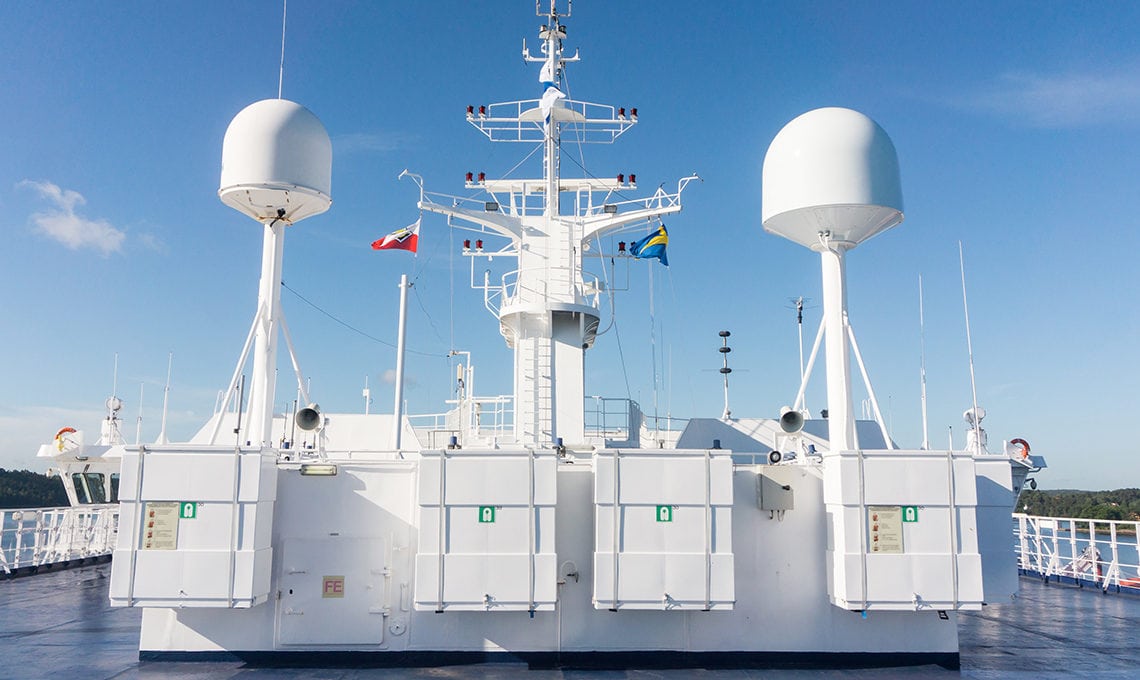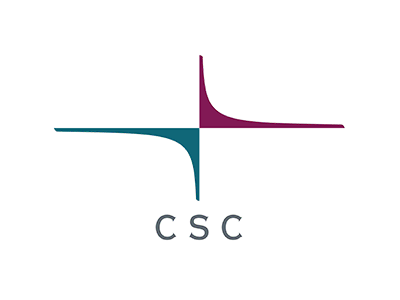
Towards safe automated navigation at sea
High-performance computing (HPC) and artificial intelligence (AI) are the cornerstones of a Finnish project to develop safe automated navigation for marine vessels.
Common reasons for collisions at sea are bad decision making, poor lookout, inefficient use of radar, inexperience, lack of communication, and fatigue. This according to Antti Lehmussola, Team Lead for Machine Learning at Finnish company Groke Technologies.
Groke Technologies aim to eliminate human errors during navigation at sea through a multi-sensor system that is coupled with deep neural networks and a graphical user interface. The solution will combine radar technology, an automatic identification system (AIS), visual and thermal cameras, as well as sea charts, inertial measurement units (IMU) and dual band GNSS (a satellite positioning system). All these sensors and data sources will be installed in a vessel together with several computing units to process the data.
Sensor system aids awareness
While fully automated navigation remains in the future, awareness systems which can aid captains and vessel operators in their decision making are well underway. AI and machine learning technology is used to process images form a specialized camera system that consists of a 225-degree visual camera and a 180-degree thermal camera.
By detecting and identifying objects around a vessel form the side of another vessel to a fa-away sea buoy it helps to improve the captains’ situation awareness and perception of their vessels’ surroundings. In the future, other sensors’ information will be handled through machine learning too. All this can eventually enable fully automated vessels.
High-performance computing is an important asset in developing products and services. HPC enables companies to perform massive calculations within a short period of time and allows them to replace time-consuming physical prototyping with simulations. As a result, companies can accelerate the product development process, cut research and development costs, and create new innovations.
Attracting young captains in Japan
The project is supported by the AI Business Program of Business Finland, while computing resources are provided by CSC, the national research and education network (NREN) of Finland.
CSC operates several HPCs, including European flagship supercomputer LUMI. Up to 20 % of LUMI’s computing capacity is reserved for industrial use.
“With the ever-increasing computational performance, we can accelerate our machine-learning research and development efforts, and find the optimal models for our use cases,” says Antti Lehmussola of Groke Technologies.
Groke Technologies is now training their machine learning model and investigating how to build deep neural networks for object detection with the optimal trade-off between accuracy and performance.
Thanks to an investment from the Mitsubishi Cooperation, Japan, the first version of the solution will be tailored for the needs of the Japanese seafaring. Japan is facing an aging problem in navigation, since a large proportion of the local captains are approaching retirement. The data-driven high-technology navigation solution is expected to draw younger generations into the maritime industry.
The text is inspired by the article “Towards safer navigation and fully automated vessels with AI technology” by Anu Märkälä at the CSC website.
Image: Satellite communication antenna and navigation system on the deck of ship/Shutterstock
For more information please contact our contributor(s):

